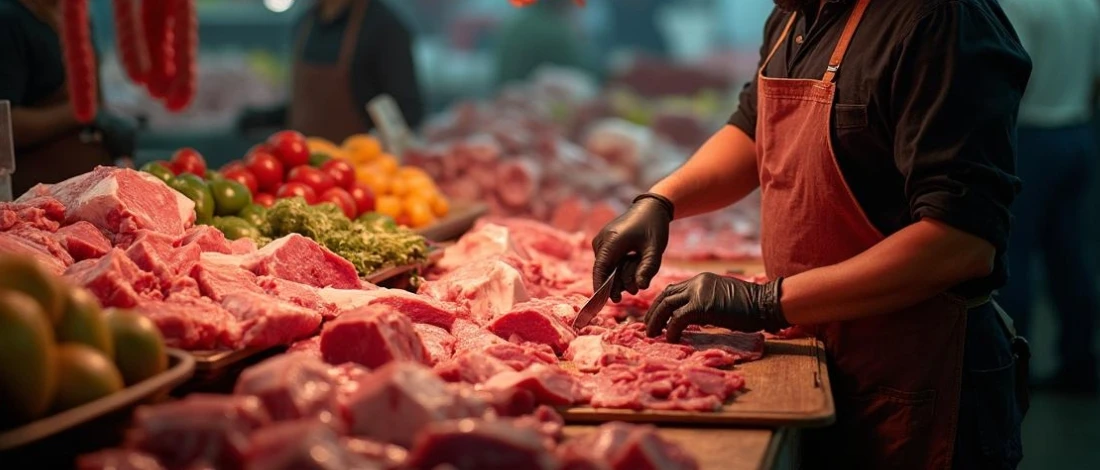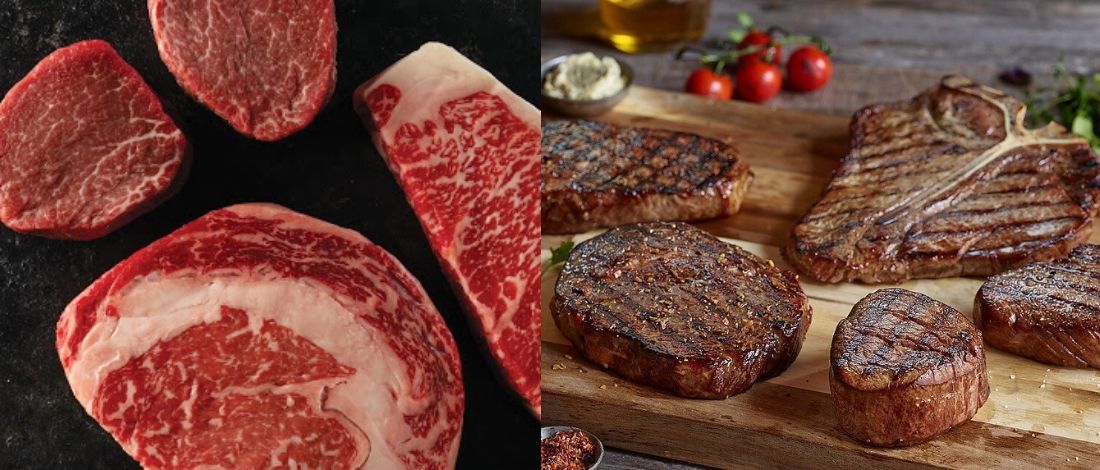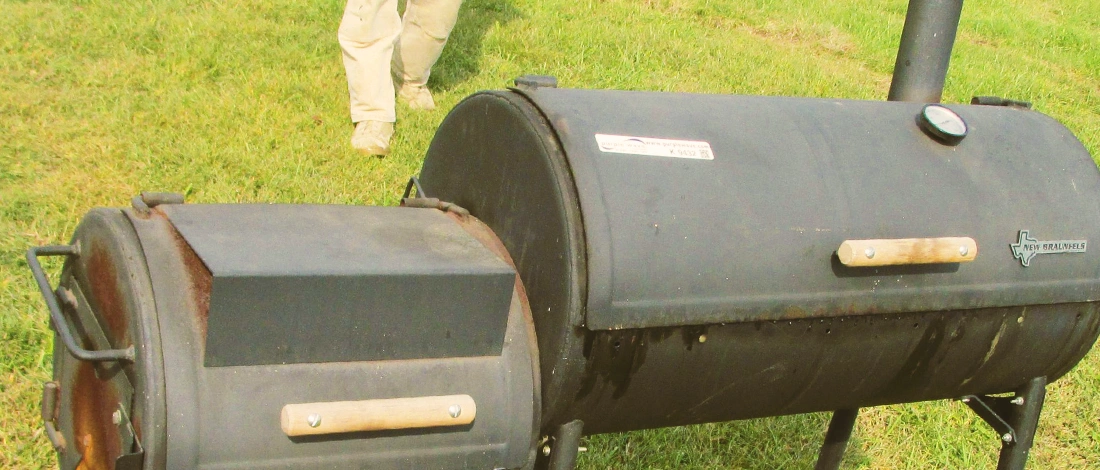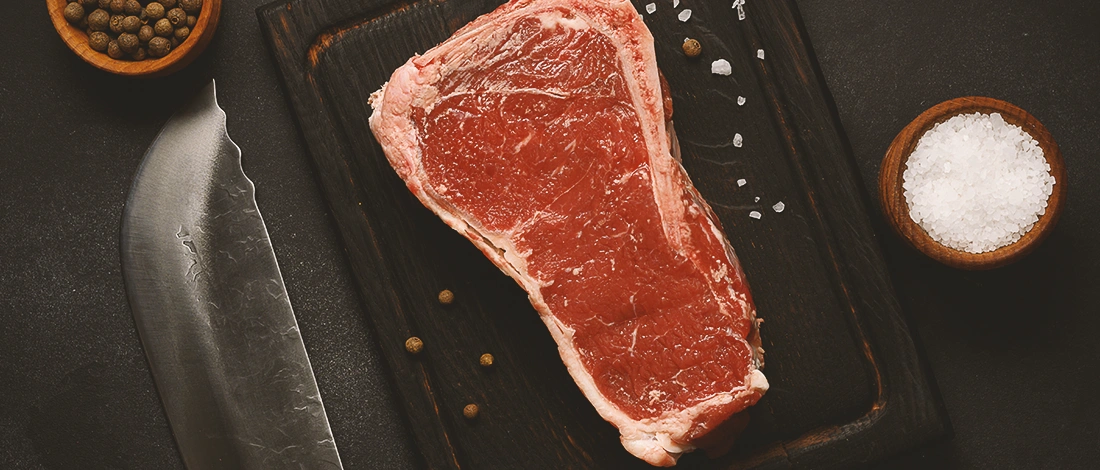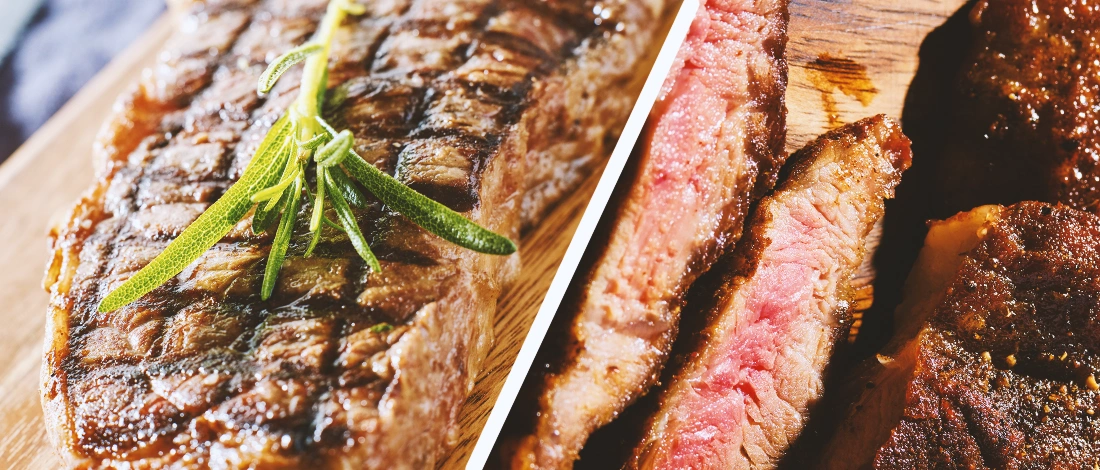Walmart just dropped a surprise in the beef world: a massive 300,000-square-foot case-ready beef plant in Olathe, Kansas. This marks Walmart’s first owned-and-operated facility of its kind, creating roughly 600 jobs and aiming to tighten its grip on the Angus beef supply chain.
Back in 2022, Walmart backed Sustainable Beef, LLC, a local outfit in North Platte, Nebraska, sourcing cattle from within 250 miles. Their fresh beef ships in primal cuts to Walmart’s new plant, where it’s trimmed and packed before hitting Midwest stores.
Sustainable Beef, built by Schmeeckle Brothers, started operations in May and can handle 1,500 cattle daily. By contrast, the Greeley JBS plant—bigger and louder—employs 3,100 and processes around 6,000 head each day in an 850,000-square-foot space.
Kansas ranchers are split on what Walmart’s move means. More bidders could keep prices steady, but Walmart’s knack for cutting corners might pull prices down.
The beef market’s already on edge with cattle numbers hitting historic lows—thanks in part to a Mexican border closure aimed at stopping the New World Screwworm.
This border shutdown hits southern Texas feeders hard, who usually rely on Mexican cattle. Ask a group of ranchers about imported beef, and you’ll catch sparks flying—opinions differ as much as the cuts on a butcher’s block.
Adding to the stew, JBS—Brazil’s beef giant—went public recently, giving it deeper pockets and driving up meat counter prices.
Along with Tyson, Cargill, and National Beef, these “Big Four” packers control around 80% of U.S. beef. Sustainable Beef’s local story is a David versus Goliath tale, but toss Walmart into the mix, and the plot thickens.
Ranchers worry about the packers’ heavy hand on both cattle buying and beef selling, a giant elephant in the room between producers and consumers alike.
Right now, cattle prices are riding high due to tight supply. Fall usually brings a flood of calves to feedyards, sending prices south. This year, ranchers are holding onto fewer replacement cows and selling more bulls, tempted by strong prices.
Spring’s bull sale season, a big deal for agriculture outlets, looks promising. Producers will buy bulls not just to replace old ones but to upgrade genetics, potentially raising calf quality. Still, the Mexican border saga looms large over the outlook.
South Texas feedyards run thin without Mexican cattle arrivals. While USDA reports only a 1% drop in cattle on feed, placements have fallen 10%, and marketings 14% from last year—the lowest August figures since ’96.
As usual, ranchers watch and wait, reading signals and bracing for what’s next. One local cattleman sums it up with a grin: “It’s a hell of a good life, but a hell of a way to make a living.”
You May Also Like: Trump Eyes Argentinian Beef to Cool U.S. Meat Prices

